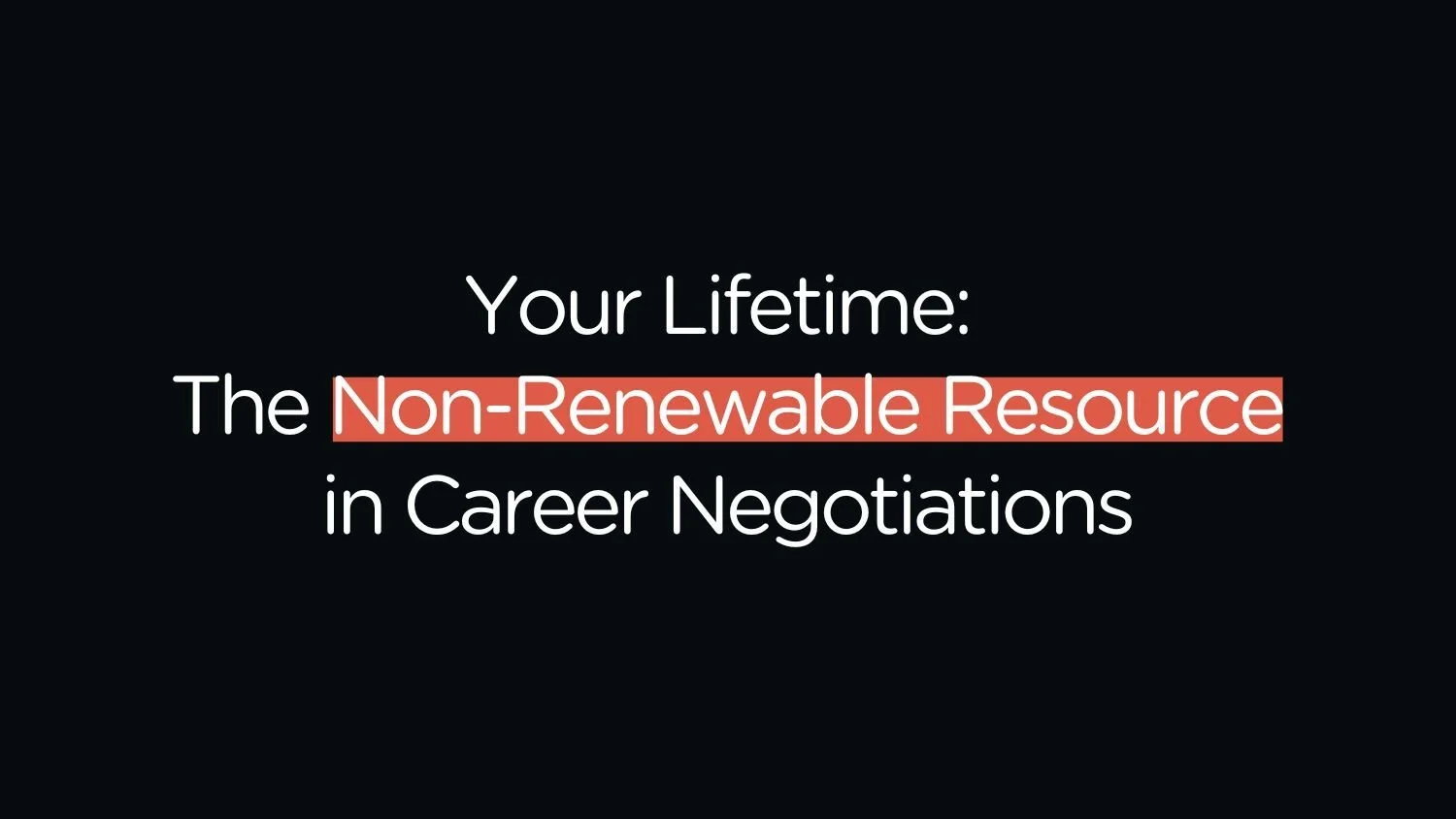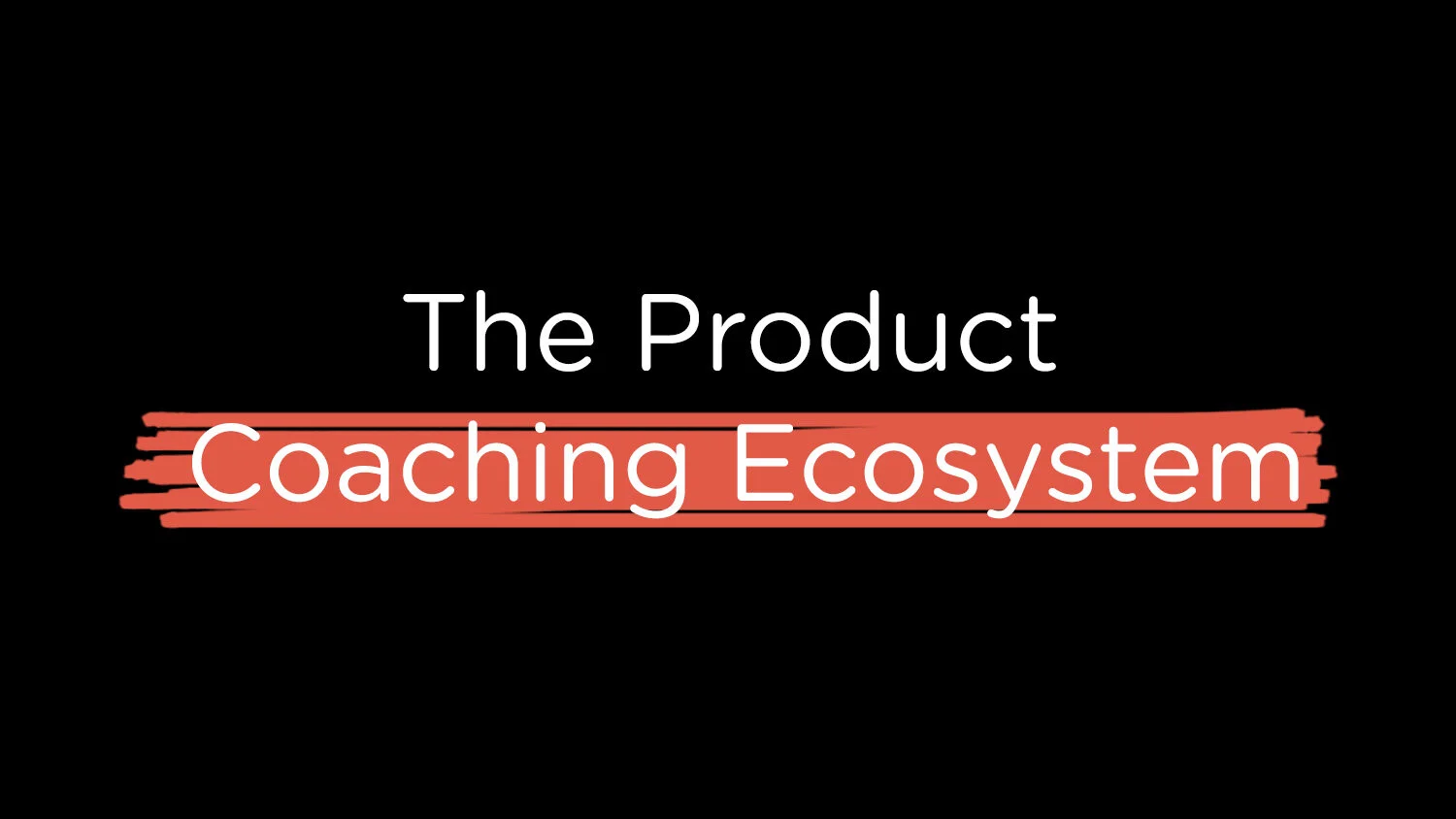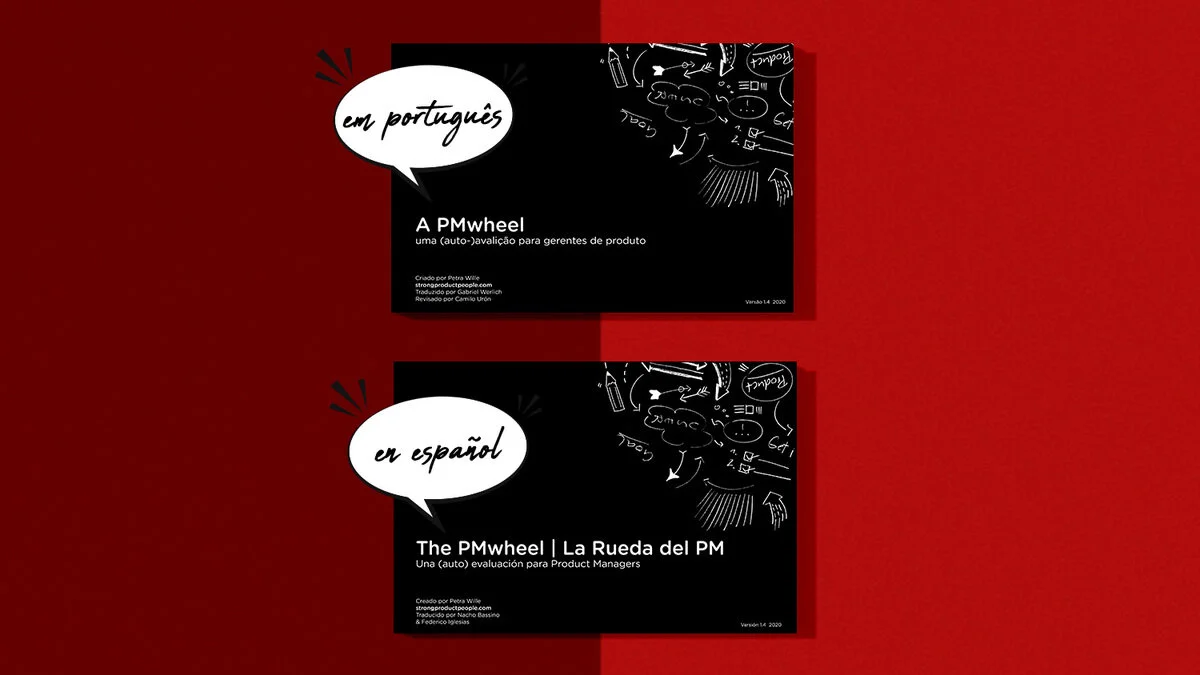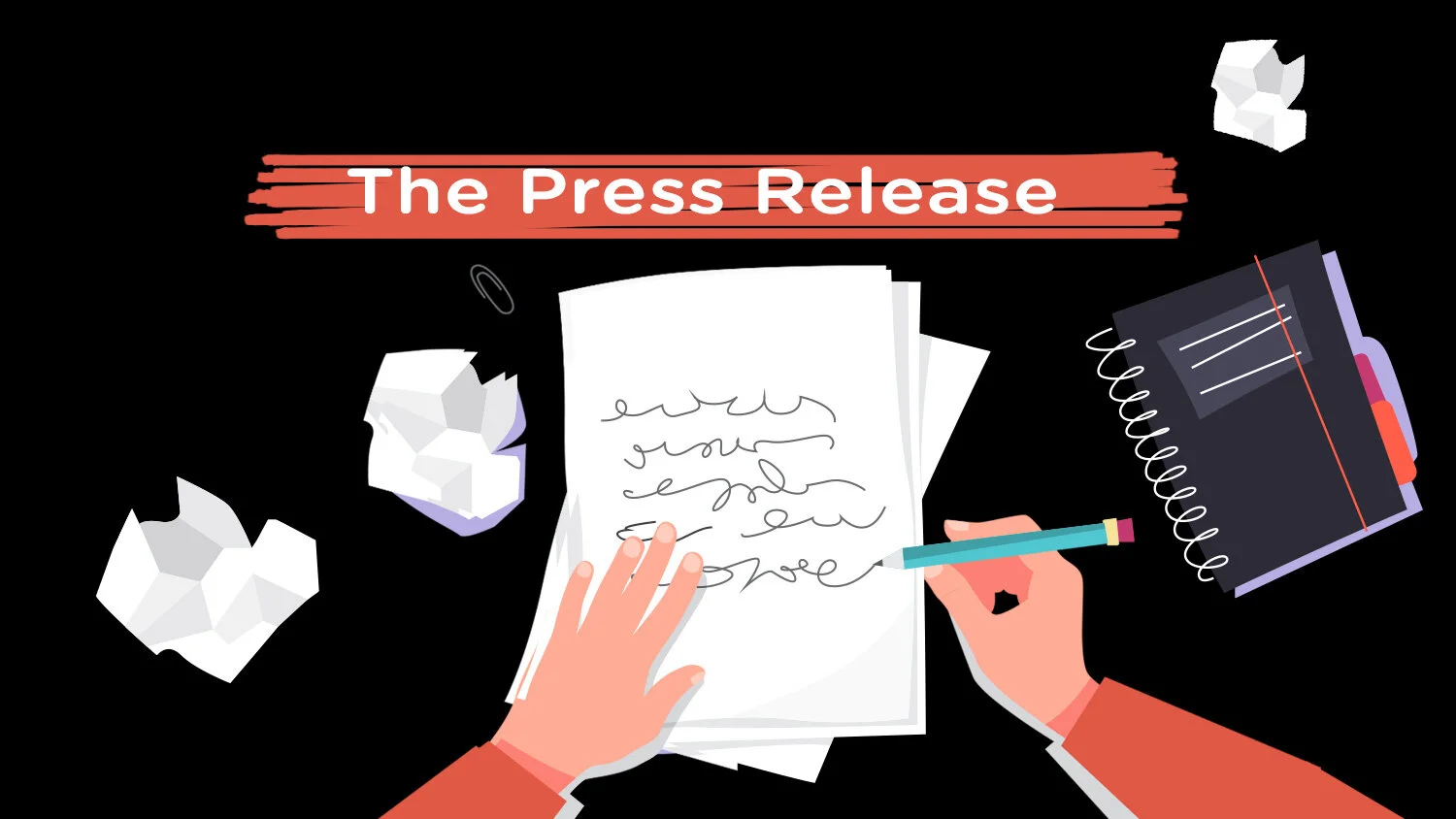I know, I know. You saw the headline and probably rolled your eyes a little. "Product operating model versus project operating model? Really, Petra? In 2025? Haven’t we moved past this already?" I hear you. And honestly? Part of me wishes we had.
Welcome to autumn! We’re kicking off the new season with a hot topic on the All Things Product podcast: AI evals and discovery. In just a few days, this episode has come close to breaking our record of the most views on YouTube, so clearly it’s a topic that’s resonating.
We’re nearing the end of our summer break and I wanted to take a moment to share what was clearly the most popular episode of the All Things Product podcast this summer: AI Prototyping. Given the interest in this topic in the product world in general (and even in our own programming at Product at Heart), this is not surprising at all.
In this episode of All Things Product, Petra Wille and Teresa Torres tackle a big question: How does capacity planning fit in an outcome-driven, discovery-first organization? Spoiler alert—it usually doesn’t. Teresa shares why traditional capacity planning breaks her heart, while Petra offers a nuanced take on how her past teams used it for internal alignment (not control). Together, they explore the clash between rigid planning rituals and the reality of continuous discovery work.
This article might seem like a departure from my usual tips for product leaders and product managers, but I’d encourage you to give it a read if you’ve ever participated in a conference or community and you’re looking for ways to advance your career. I’m sharing some of my observations and hopes for the wider product community and the role we can all play in its success.
Now that I’ve been blogging regularly for several years, I thought it might be helpful to take a look at my blog’s performance and share the top 20 posts. I’m not doing this just to brag—since I’ve got quite a lot of content, I realize that new readers might be unsure where to dive in. This provides you a handy roadmap you can use to check out the most popular topics (or at least those that get the largest number of page views).
In this post, the final in the series, we’ll be reviewing the most important points for you to remember (I’m calling this your “Managing up cheat sheet”) as well as some ways to make sure you tailor your message to your manager’s communication style.
in the third post in the series, we explored what you can do when you’re experiencing conflict with other people or teams. In this post, we’ll be looking at another specific situation when you might need more support from your boss—when you’d like to develop your PM skills.
In this post, we’ll be looking at a specific situation when you might need more support from your boss—when you’re experiencing conflicts with other people or teams and when the boss competency of role clarity might be the missing piece of the puzzle. Need a refresher on all ten boss competencies?
In the first post in this series, I covered why managing up is an important topic, introduced the ten boss responsibilities and the ships vs. shipyard metaphor, and explained why your boss might be struggling in these areas. Want to read that post? You can find it here. In this post, we’ll be looking at one specific situation when you might need more support from your boss and I’ll share some tips and tricks for you to try out.
Hello there, lovely product people! I wanted to share a quick note to let you know that this article is a little different from what I usually share here. While my blog typically highlights work I’ve already done (e.g. frameworks I’ve developed, podcasts or talks I’ve given, clients I’ve worked with), this post actually represents a work in progress.
Is your organization dabbling in new frameworks or methodologies, but you’re unsure about their potential success? You're not alone. Many "trendy" frameworks often turn out to be underwhelming due to one major pitfall: superficial implementation.
In any role, your manager has the ability to make or break your experience. But perhaps this is especially the case for product managers because your job involves so much cross-functional collaboration and influencing without authority, so even more than other roles, you need a leader who will support and empower you.
Whether you’re interviewing for a new product job or your company is hiring a product leader and you’ve been asked to participate in the interview process, you will occasionally find yourself in the position of choosing your new boss.
As the year winds down, many of us find ourselves immersed in personal retrospectives (I just published one myself!), reflecting on our current roles, jobs, and the paths we tread. It's a time when questions about career trajectories and the value of our work come to the fore. This moment of introspection often leads to pondering one of the most critical yet overlooked aspects of professional life: the true nature of the trade-off we're making in our jobs.
Storytelling is a critical skill for product people. And it’s often not enough to tell your story one time in one format—you need to experiment with sharing it many times in many formats to find what works best for your company and stakeholders. This is why I love this story from my coachee, Matthew Arnold, Director of Product at Brain in Hand. Matthew knew that he needed a way to communicate his product vision and strategy—or “stratevision” as he calls it—and he landed on a solution that’s both simple and effective: a comic.
Over the past few years, I've noticed a growing visibility of product coaches in our industry. They're at the conferences, they're prominent on social media, and their influence is making waves in the business world. As a result, many companies are beginning to recognize the potential value that a product coach can bring to their organization. This is a good thing!
I recently attended a product meetup and have to share an observation: Many of us could better introduce ourselves. So I’m sharing real-life examples with this post of how an improved introduction could look like.
One of the things that’s so exciting about developing a coaching tool is seeing how people adapt it to their own needs. And this post celebrates two incredible product people who have gone above and beyond in their adaptations. Not only have they created dynamic versions of the PMwheel, but they’ve made these updates available to anyone who’d like to use them. Meet Product Coach Lisa Mo Wagner and Product Director and podcaster Jason Knight.
When you’re working in product, there’s generally no shortage of ideas. And that is a good thing. But it can sometimes be overwhelming to collect and qualify all these ideas to see which ones have the potential to add value to your product. So how do you filter all these ideas and prioritize what to pursue? I will try to provide a pragmatic, hands-on answer to that question with this article, through a process I refer to as “opportunity assessment.” But before we start, let's talk about some prerequisites and the basic process.
As a product leader, it’s likely that you’re always searching for tools that will help you foster alignment, transparency, and focus in your product organization. Maybe you want to help your team work in a more customer-centric manner. Or perhaps you believe metrics could be valuable, but you don’t yet know how to use them properly. If any of this sounds like you, KPI trees might be the answer.
Storytelling is an essential skill for product managers and the key to evangelizing our products. But it's not one that comes naturally. In my Mind the Product London talk, I offer some tips for becoming a better storyteller.
What are your product managers hoping to achieve in the future? Sometimes it helps to look at what they’ve done and where they’ve come from before helping them chart a course toward the future. Learn how Tim Lukas Leinert approaches this with his team and how the Future Self canvas guides those conversations.
So you’ve decided that you’re interested in product coaching? That’s great! But it’s a very broad ecosystem and it’s easy to get overwhelmed by everything that’s out there. So my goal is to help you navigate the different offerings and figure out what’s right for you.
Are you looking for a case study of a company that successfully managed the transformation to become more agile, customer centric, or product led? If that’s the case, I’m sorry to disappoint you, but you won’t find the one that tells you exactly what to do to successfully transform your organization.
Hola and olá to all my Spanish and Portuguese-speaking product colleagues. I have some great news to share: The PMwheel is now available in both Spanish and Portuguese!
Did you know that only about 25% of product managers say that their company supports and values self progression? This means that 75% of product managers aren’t receiving the optimal level of support when it comes to personal and professional development.
One of the not-so-hidden secrets for developing new products or features is called “working backwards.” This practice involves writing a press release before you even start to develop a new product or feature. The idea is that the process of writing a press release will help you to put your customers first and focus on the most essential aspects of your product.
In every product organization, you as HoP—along with your product managers—must constantly balance product discovery (what to build) and product delivery (build it). Do too much of the former, and you’ll never get anything built. Do too much of the latter, and you’ll fall victim to building the wrong products in a beautiful way.
In my time as a product coach, I’ve had the opportunity to work with a number of great product people, and around half of them have been women. My work with leaders and aspiring leaders in the product world has given me insight into many companies and industries. If I’d been an employee, I might have only had experience with a handful of companies, but as a coach I get to work with dozens.
Let´s assume you are a Product Manager and you know or have figured out what your next best development topic is (e.g. by using the PMwheel) you then should come up with something I would call a development plan. Something that helps you commit to small actions that get you closer to the competent product management personality you want to become.
The future-self framework takes the form of a document that you need to fill, and it has four parts: As-Is, To-Be, Actions and a Timeframe.





























